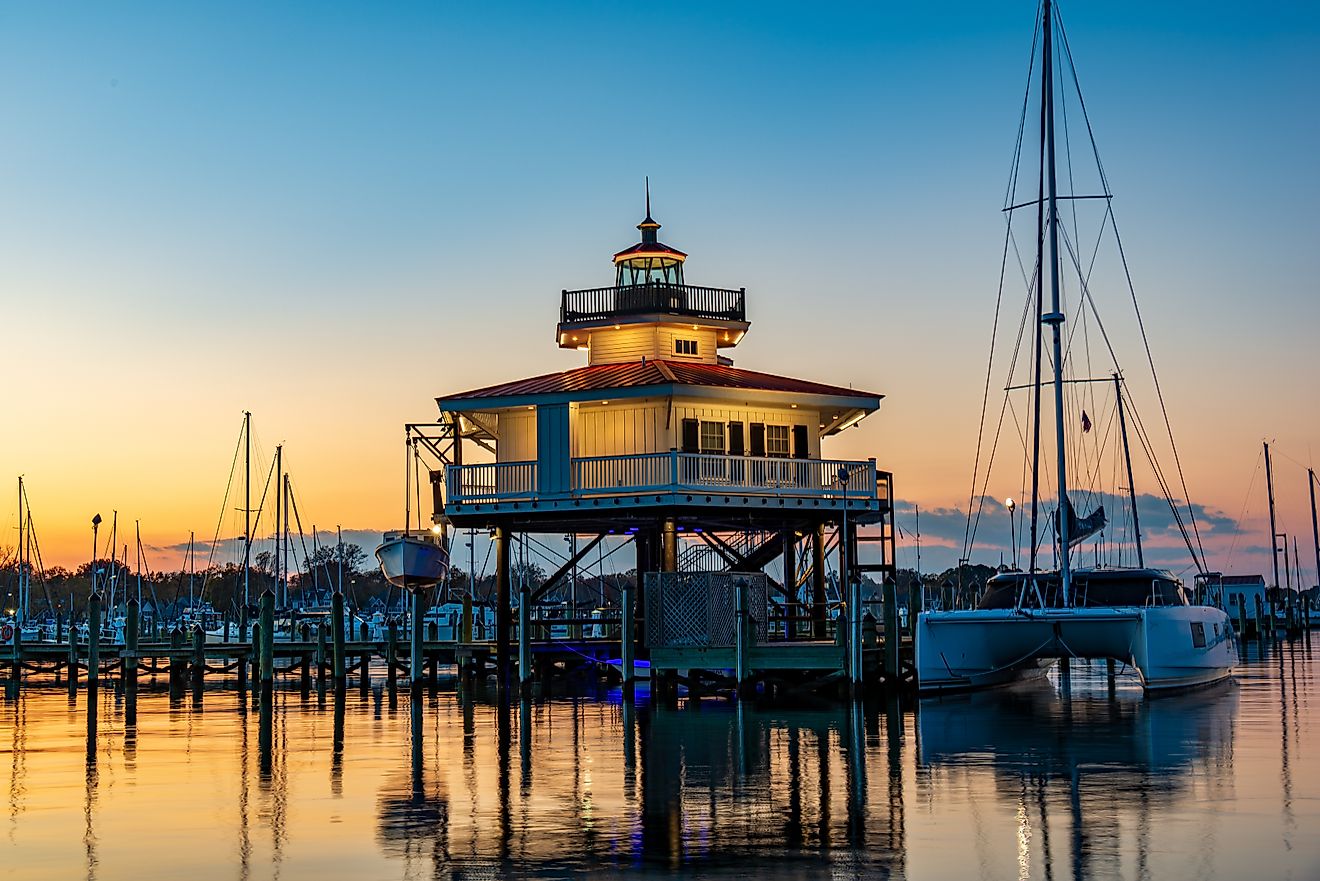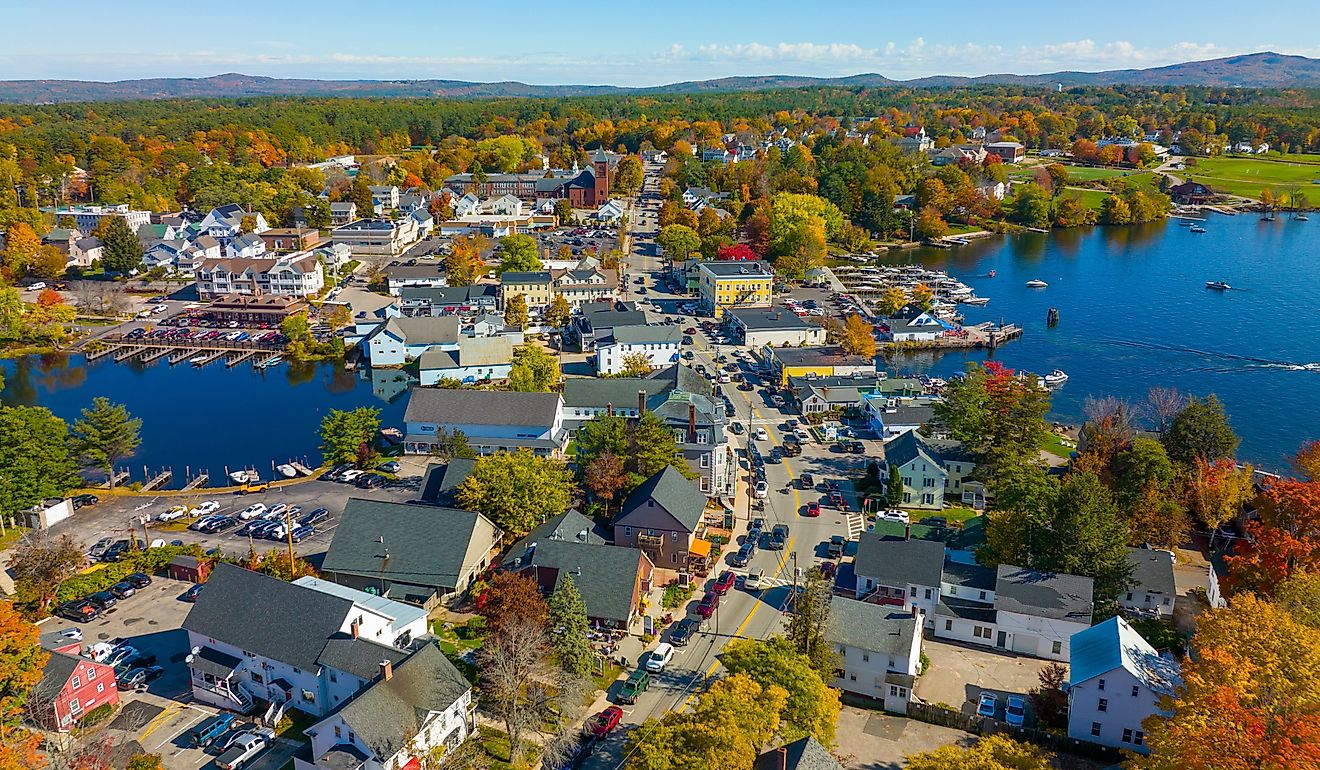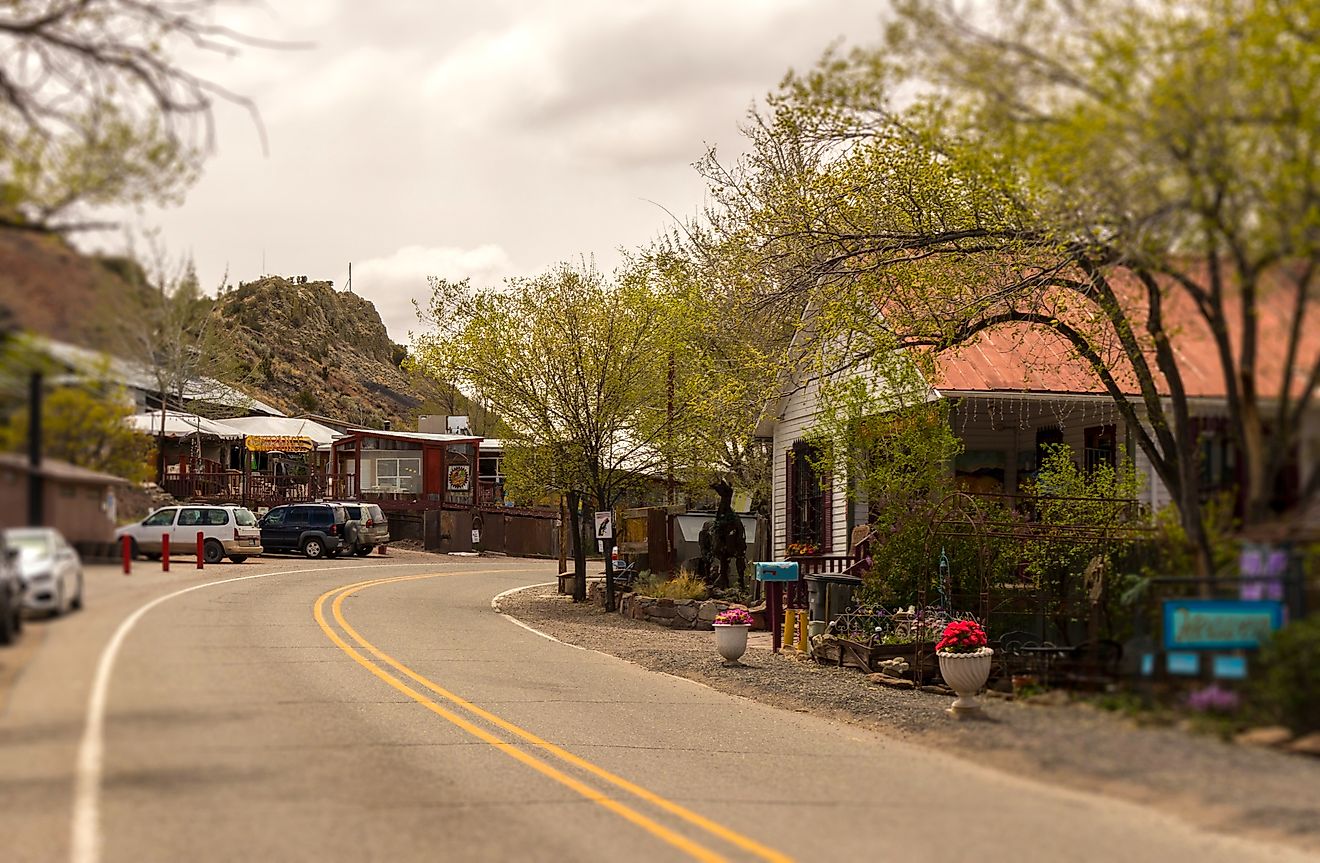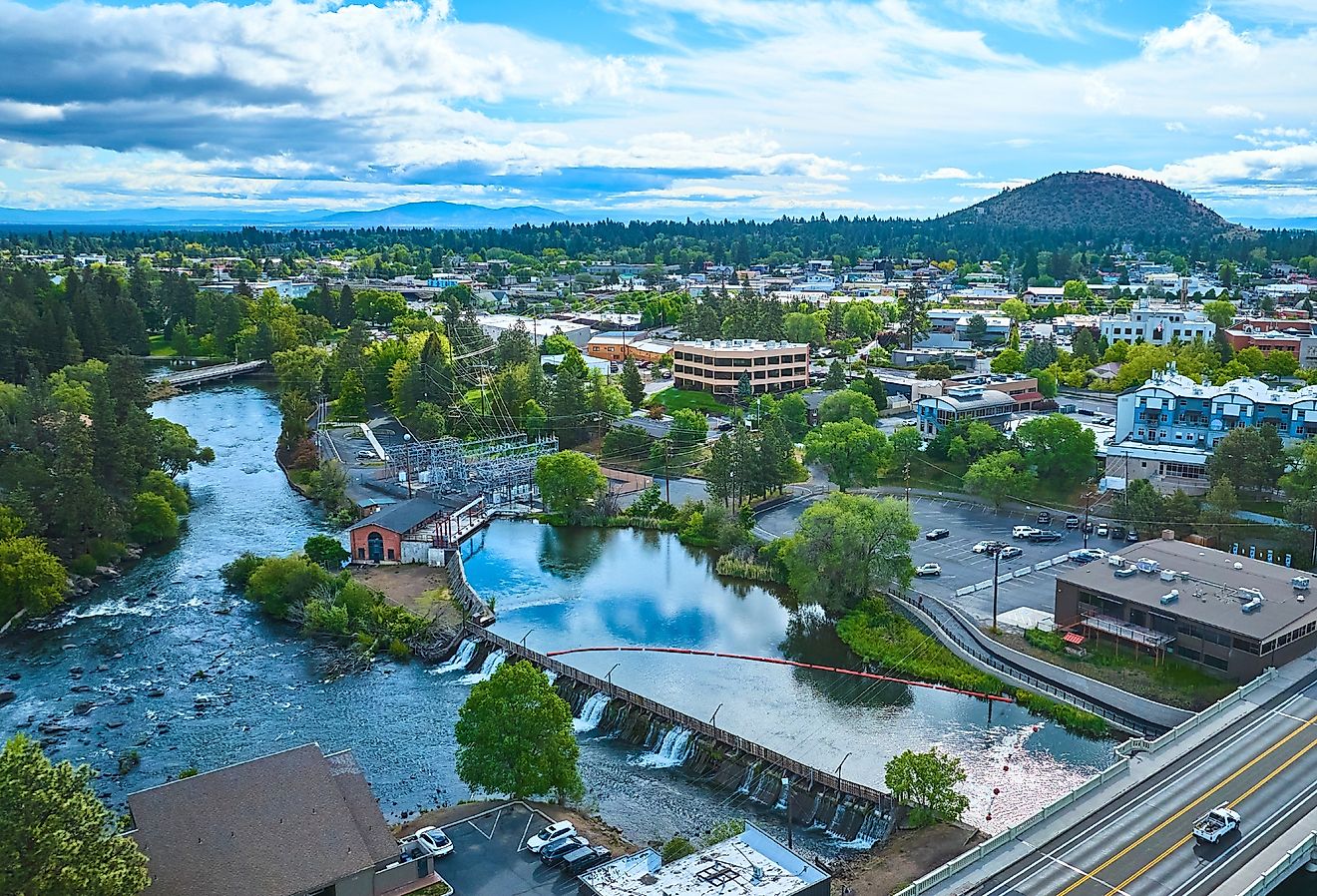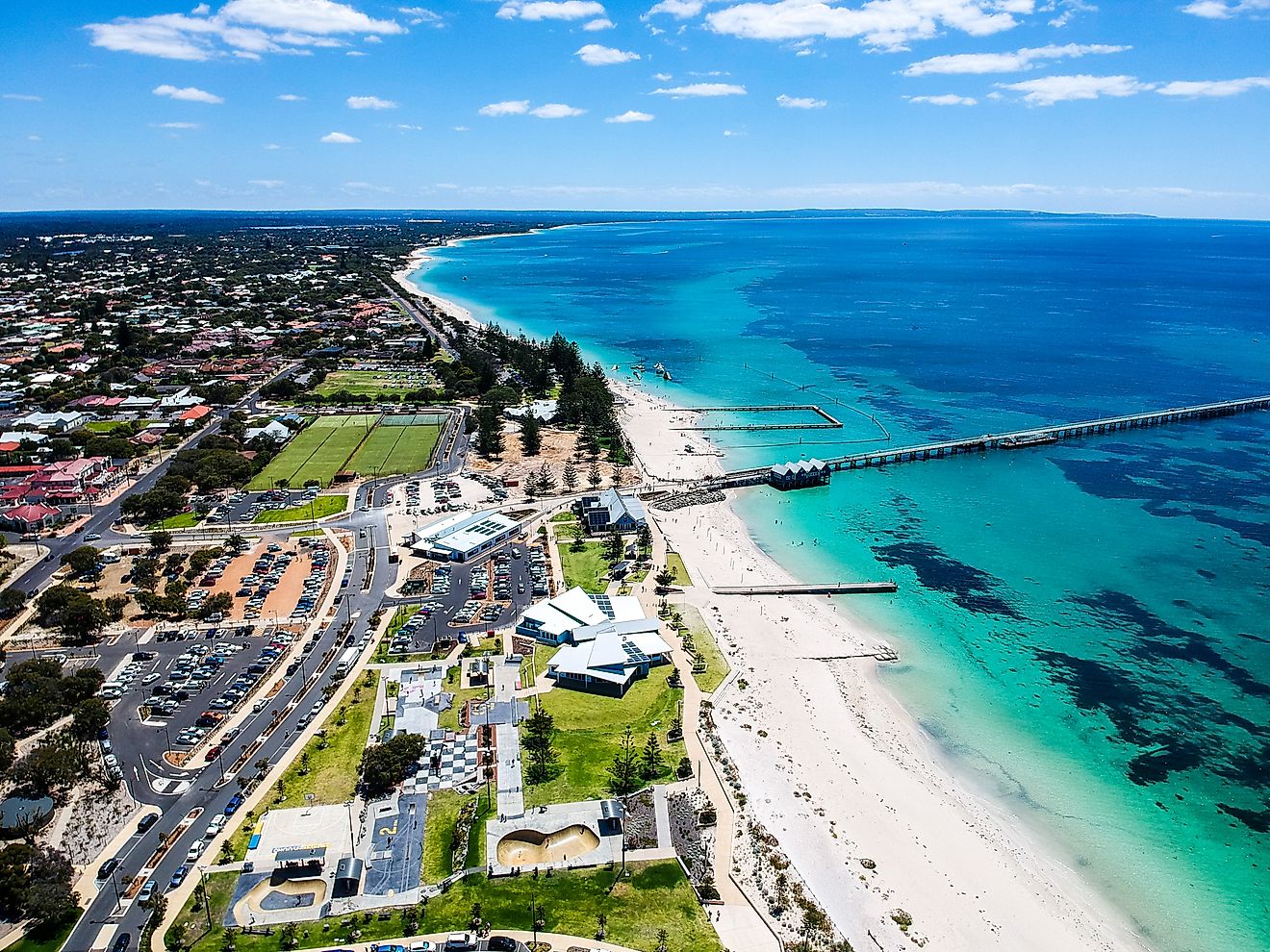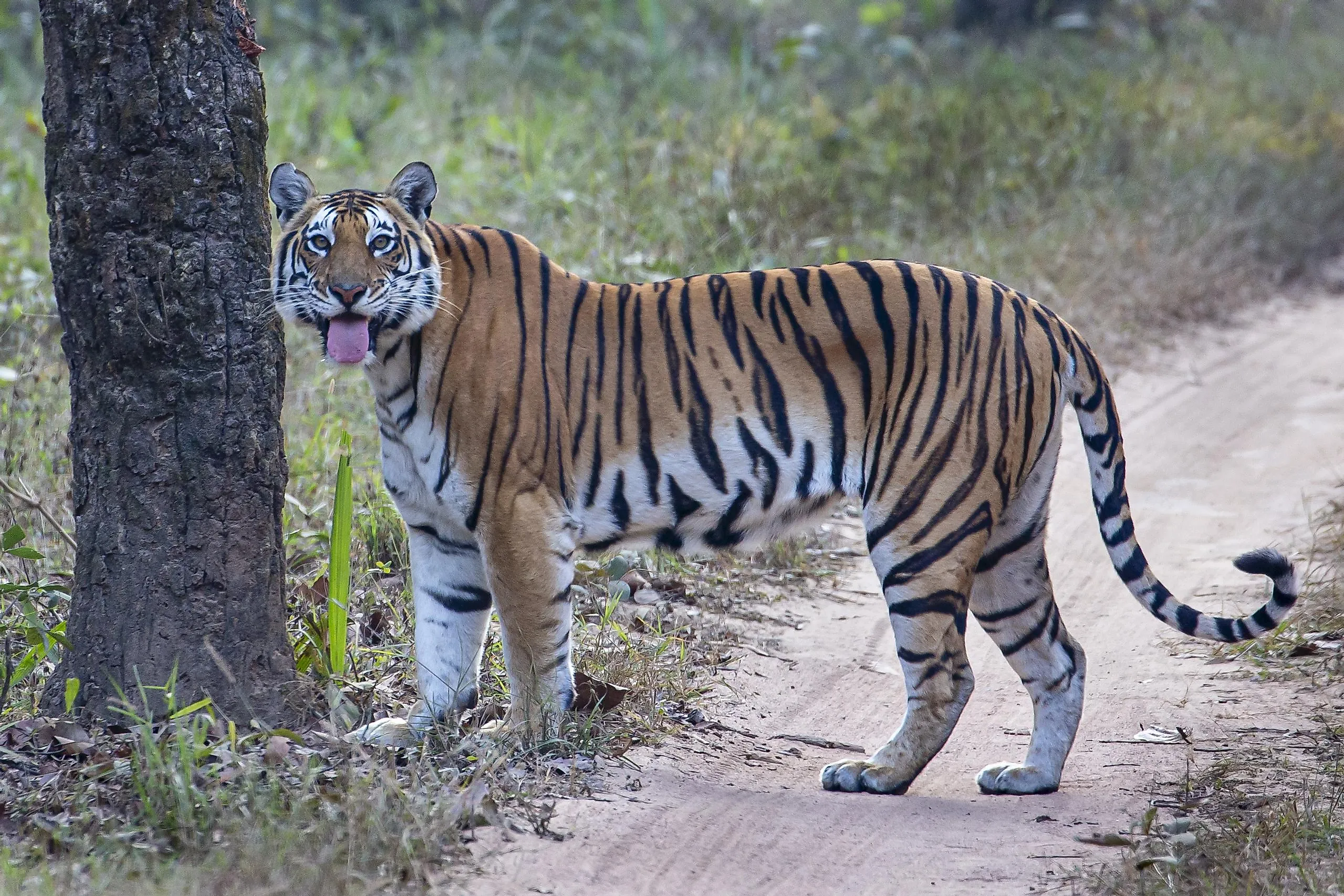
Kanha National Park, India
India is one of the megadiverse countries in the world that supports more than 8% of the global biodiversity. This South Asian nation hosts a huge population of 1.3 billion people residing within an area of 3,287,263 sq. km. According to the National Wildlife Database, there are presently 104 National Parks, 551 Wildlife Sanctuaries, 51 Tiger reserves, and 18 biosphere reserves in India.
Often referred to as the “Heart of India”, Madhya Pradesh is the 2nd largest Indian State that is located in Central India and occupies an area of 308,252 sq. km. As per the latest Forest Survey report, about 25.14% of the state’s geographical area is covered by forests. Madhya Pradesh is home to 10 National Parks, 3 biosphere reserves, and several nature reserves. Stretching across the Maikal range which forms the eastern division of the Satpura Hills, the Kanha National Park is one of Central India’s largest National Parks. The Park is located approximately 160km to the southeast of Jabalpur (Madhya Pradesh) and 270km to the northeast of the city of Nagpur (Maharashtra). The Kanha National Park is considered one of the best-managed parks in entire Asia and also one of the finest Tiger Reserves in India.
Contents:
Geography
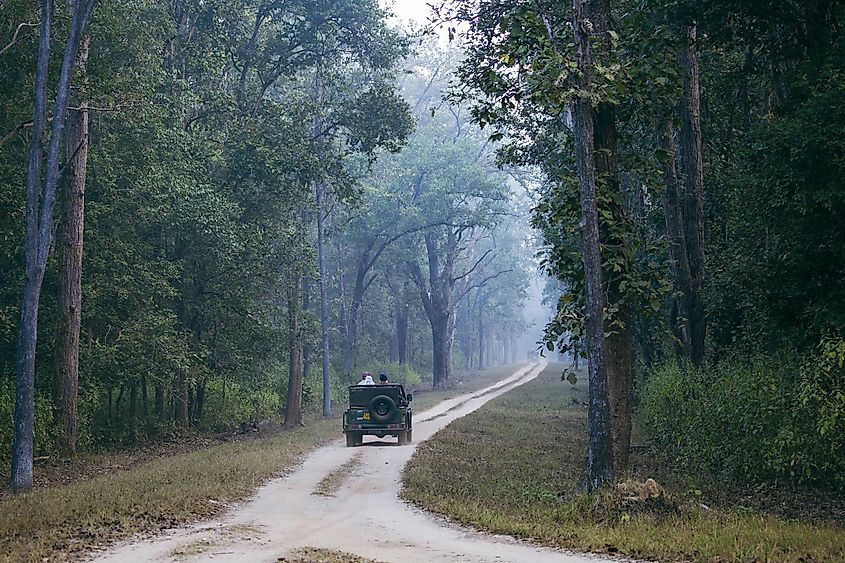
Situated between the Banjar and Halon valleys in the Central Indian Highlands and spread across the two districts of Mandla and Balaghat, the Kanha National Park occupies a core area of 940 sq. km. Along with the surrounding 1,067sq. km buffer zone and the 110 sq. km Phen Sanctuary, the Kanha Tiger Reserve encompasses a total area of 1,945 sq. km. The Kanha Tiger Reserve is further divided into 8 zones. Four of these zones namely the Kisli, Kanha, Sarhi, and Mukki are in the core area, three zones namely Khapa, Khatia, and Sijhora are in the buffer area, and one zone is in the adjacent Phen Sanctuary.
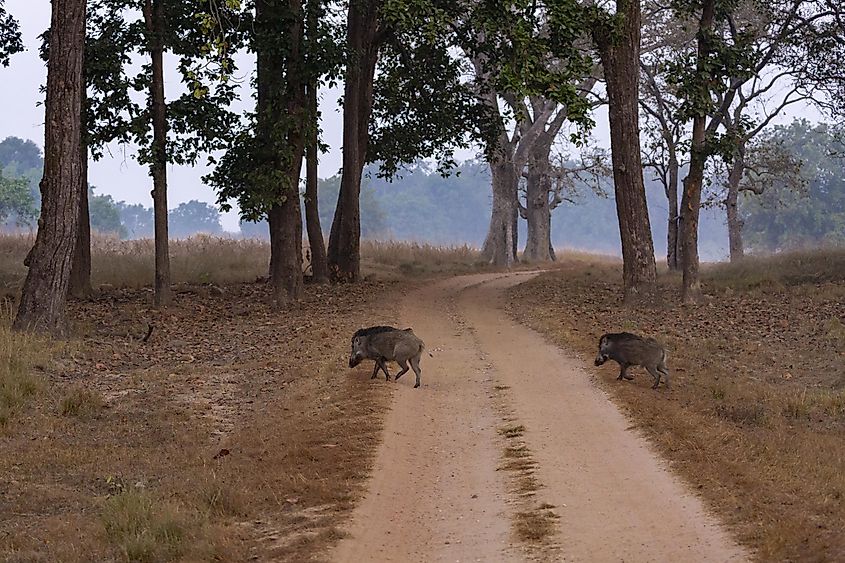
The National Park is shaped like figure “8” on its side and has a length of about 80km (from west to east) and a width ranging from 8 to 35km. The Park is located at an elevation of 600 to 900m from mean sea level. The rugged topography of Kanha features flat-topped rolling hills, low-lying plateaus (locally known as ‘dadar’), vast meadow grasslands, three rivers – Sulkum, Banjaar, and Nila, and several perennial streams and watering holes. Located within the National Park is the Bamni Dadar plateau, which rises to an elevation of 870m and is the highest point in Kanha National Park. Also known as the Sunset Point, the Bamni Dadar plateau is one of the most spectacular locations within the park that offers breathtaking views of the setting sun as well as the dense forests of Kanha. There are about 155 villages in the buffer zone and more than 255 villages within a radius of 10km.
Climate
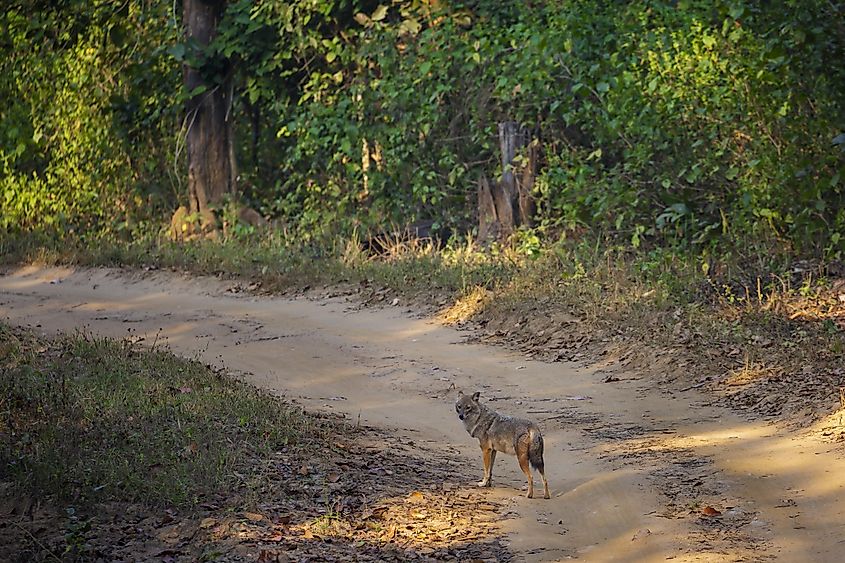
The Kanha National Park/Kanha Tiger Reserve experiences a “tropical monsoon climate”. The area faces the dry summer season from mid-April to mid-June; a wet monsoon season from mid-June to the end of September and the winter season from November to mid-February. During the summers, the maximum temperature often rises to 42°C, whereas during winter the minimum temperature drops down to -2°C. Severe frosts have also been recorded during the winter season. The area receives a mean annual rainfall of 1,624m, which is distributed mostly during the rainy season.
The Park remains open for visitors from October 16 to June 30 and therefore, the best time to visit the National Park is during the cooler months of November to February. The Park remains closed during the wet season from July 1 to October 15.
Flora And Fauna
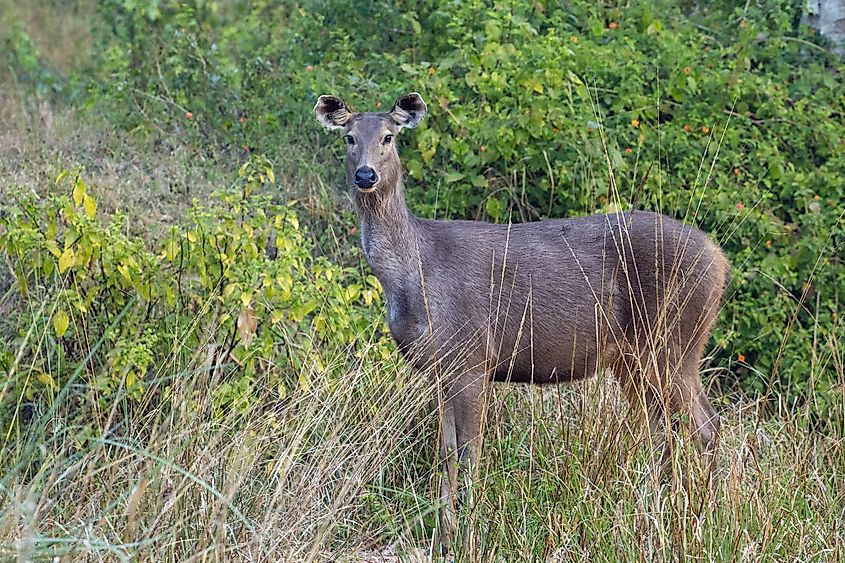
The forests of Kanha Tiger Reserve represent the rich floral and faunal wealth of the “Satpuda-Maikal landscape”, a unique biogeographical unit having great ecological significance in Central India. The vast diverse landscape of Kanha National Park/Kanha Tiger Reserve harbors more than 1000 species of flowering plants. The lush green lowland forests of Kanha are mostly covered by a mix of evergreen Sal, bamboo, and other mixed-forest trees, that are interspersed by vast open meadows. The 3 types of forests that are mainly found in the Kanha Tiger Reserve include the moist peninsular Sal forests, the southern tropical moist mixed deciduous forest, and southern tropical dry deciduous mixed forest. Some of the significant floral species that are found here include Sal, bamboo, Ghost tree, Banyan, Palas, Mahua, Arjun, Ain, Tendu, Shegun, Dhak, Kahir, Neem, etc. Besides the trees, many climbers, grasses, herbs, and shrubs are also found. The dense green cover of the reserve area act as a “major carbon sink” sequestering large amounts of carbon and other pollutants.
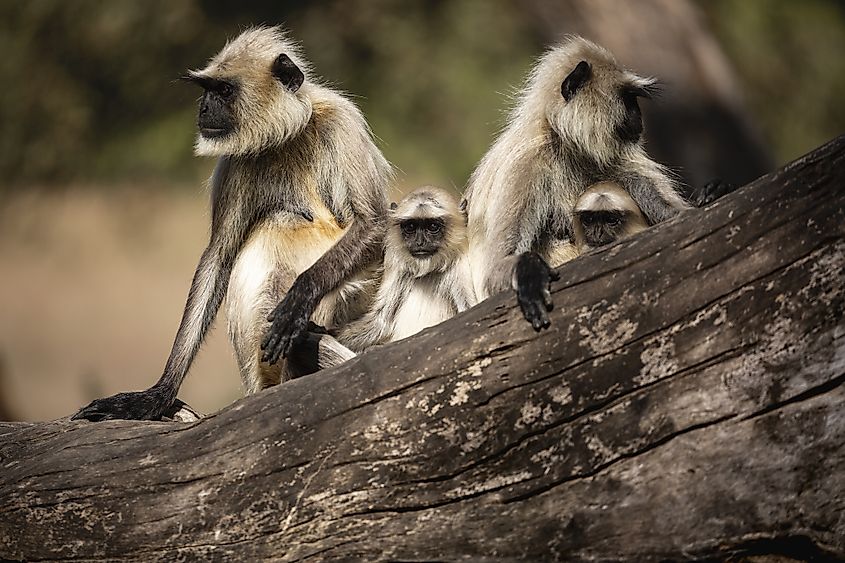
It is estimated that the Kanha National Park is home to over 43 species of mammals, 26 species of reptiles, and 500 species of insects. The Tiger Reserve hosts a population of more than 150 Royal Bengal Tigers. Some of the significant faunal species that are found here include the Barasingha, common langur, spotted deer, muntjac, sambar, gaur, chausingha, wild boar, leopard, wild dog, jungle cats, foxes, hyena, flying squirrel, golden jackals, porcupine, ruddy mongoose, fulvous fruit bat, and sloth bear. The famed Barasingha (swamp deer) is often referred to as the “Jewel of Kanha” and serves as an official mascot of the Kanha National Park.
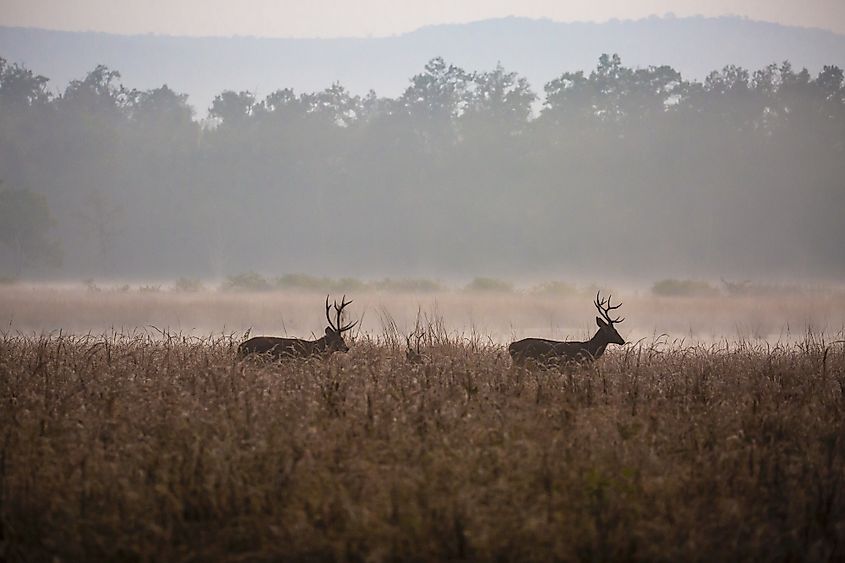
Several reptilian species like Russell’s viper, Python, King Cobra, Indian Krait, Common Rat Snake, water monitor lizards, Indian Garden Lizard, etc are found in the Kanha National Park.
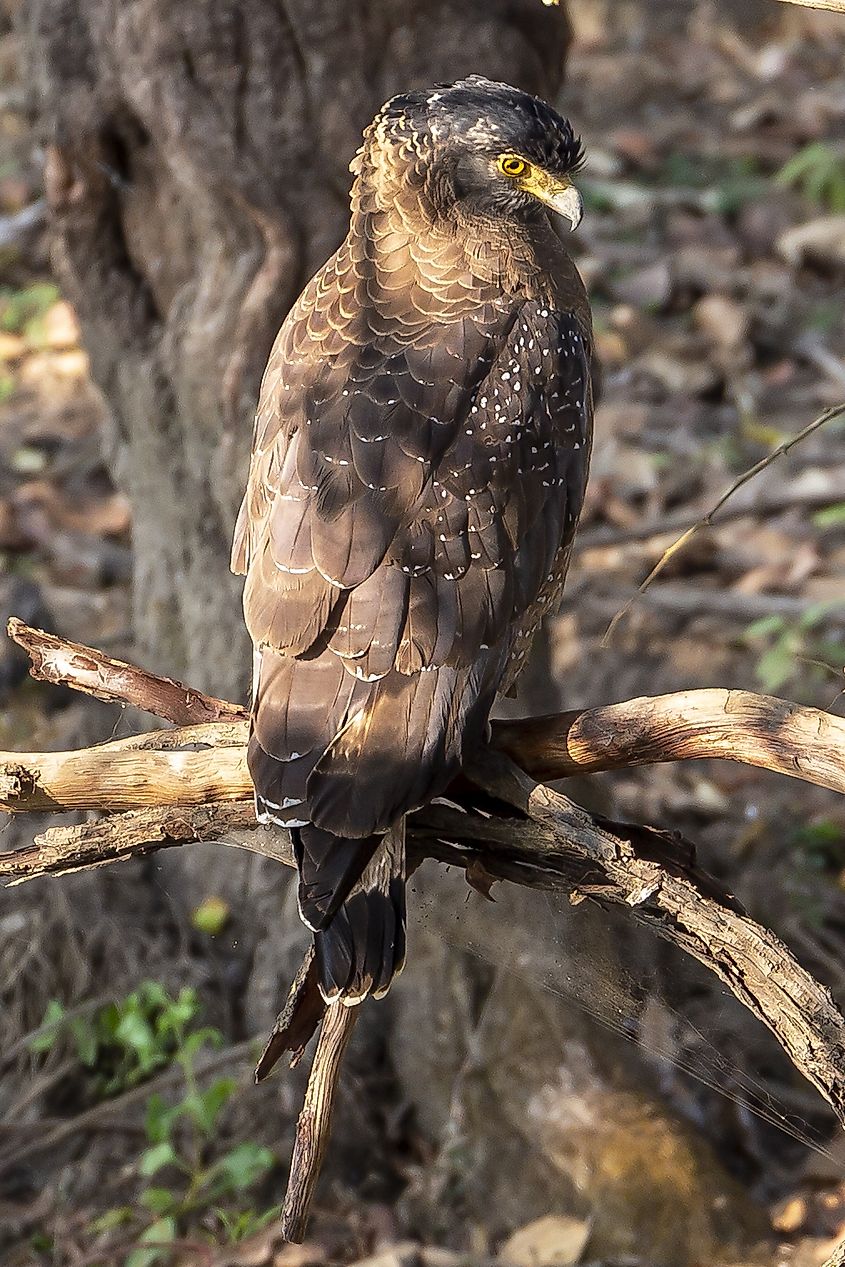
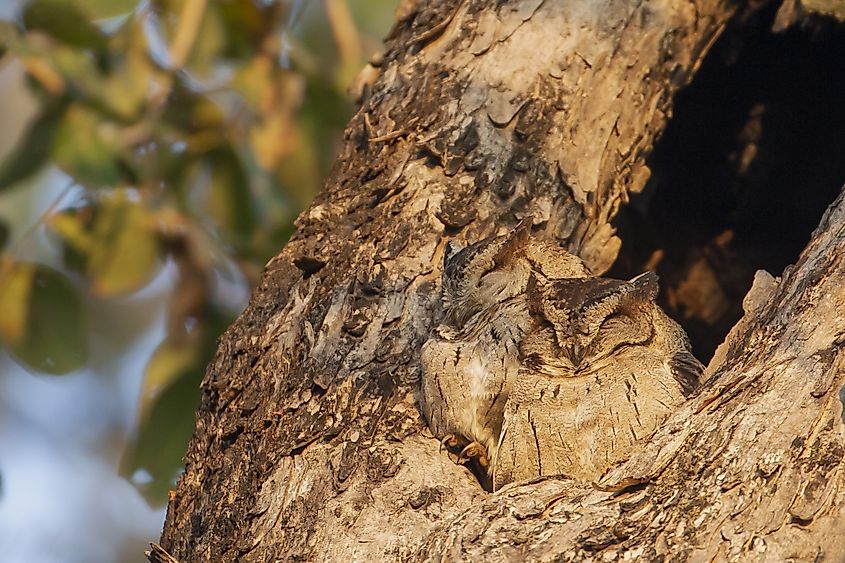
More than 300 avian species including both resident and migratory birds have been recorded in the Kanha National Park. Some of the notable birds that are found here are Indian roller, black ibis, blossom-headed parakeets, white-eyed buzzards, grey-headed fishing eagles, crested hawk eagles, vultures, Indian Scops Owls, cattle egrets, peafowl, yellow-footed green pigeons, gray jungle fowl, racket-tailed drongos, cuckoos, green bee-eaters, scarlet minivet, warblers, woodpeckers, Indian pitta, kingfishers, black-hooded orioles, flycatchers, red wattled lapwing, etc.
Conservation History
The Kanha National Park area was initially a part of the Gondwanas (“Land of the Gonds”) and was inhabited by the two indigenous Central Indian tribes – the Gonds and the Baigas. These tribes practiced “slash and burn cultivation” methods and depended on the forest for their sustenance. In 1862, the first forest management rules were instituted in the area and the cutting of important trees like sal, teak, shisham, saja, etc was prohibited. The Kanha forest area originally included the Hallon and Banjar River valleys. The two river valleys were identified as “important forest areas” and in 1879, the entire area was declared as a reserve forest. It is believed that during the British rule, the magnificent landscape of the “Central Provinces” (parts of present-day Madhya Pradesh and Maharashtra) served as a setting for Rudyard Kipling’s stories of the Jungle Book.
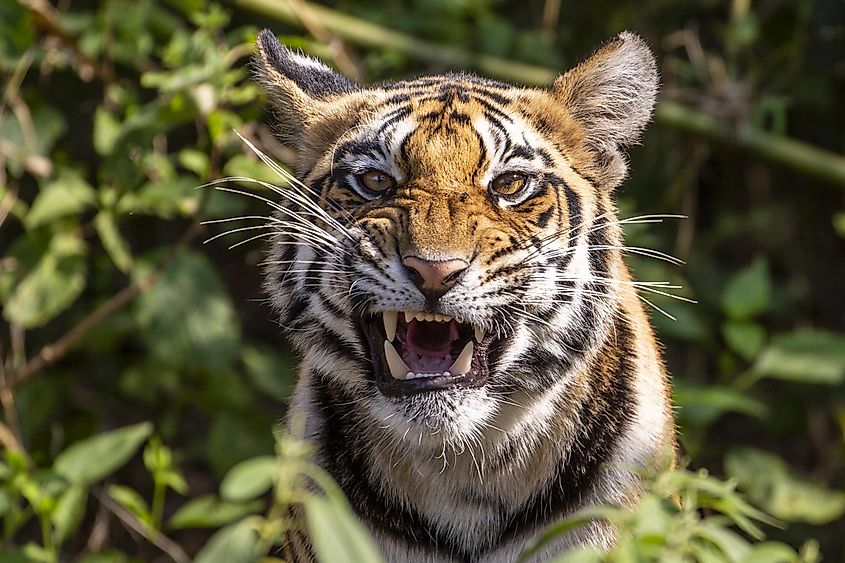
In 1933, the 250 sq. km Banjar Valley area was declared as a “sanctuary”. In 1935, 300 sq. km, another sanctuary was created around the Supkhar area in the Halon Valley. However, later this plan was abandoned by the authorities. Over the next 2 decades, the Kanha forest area served as hunting grounds for the famed Tigers and the Barasinghas. It has been reported that about 30 tigers in the Kanha forest area were killed by the King of Vijaynagaram. On June 1, 1955, the Kanha Forest area was accorded the status of a National Park. From 1955 onwards, the park became an important site for wildlife research and conservation studies and several researchers including George Schaller performed their conservation studies in the Kanha National Park. In 1970, a long-term conservation program was started in Kanha to save the park’s dwindling barasingha population from extinction. In 1972, the first Tiger Census was conducted in India which revealed the falling population of tigers and prompted the Government of India to launch the “Project Tiger” in 1973. Under the Project Tiger, Kanha was declared as a “Tiger Reserve” in 1974.
